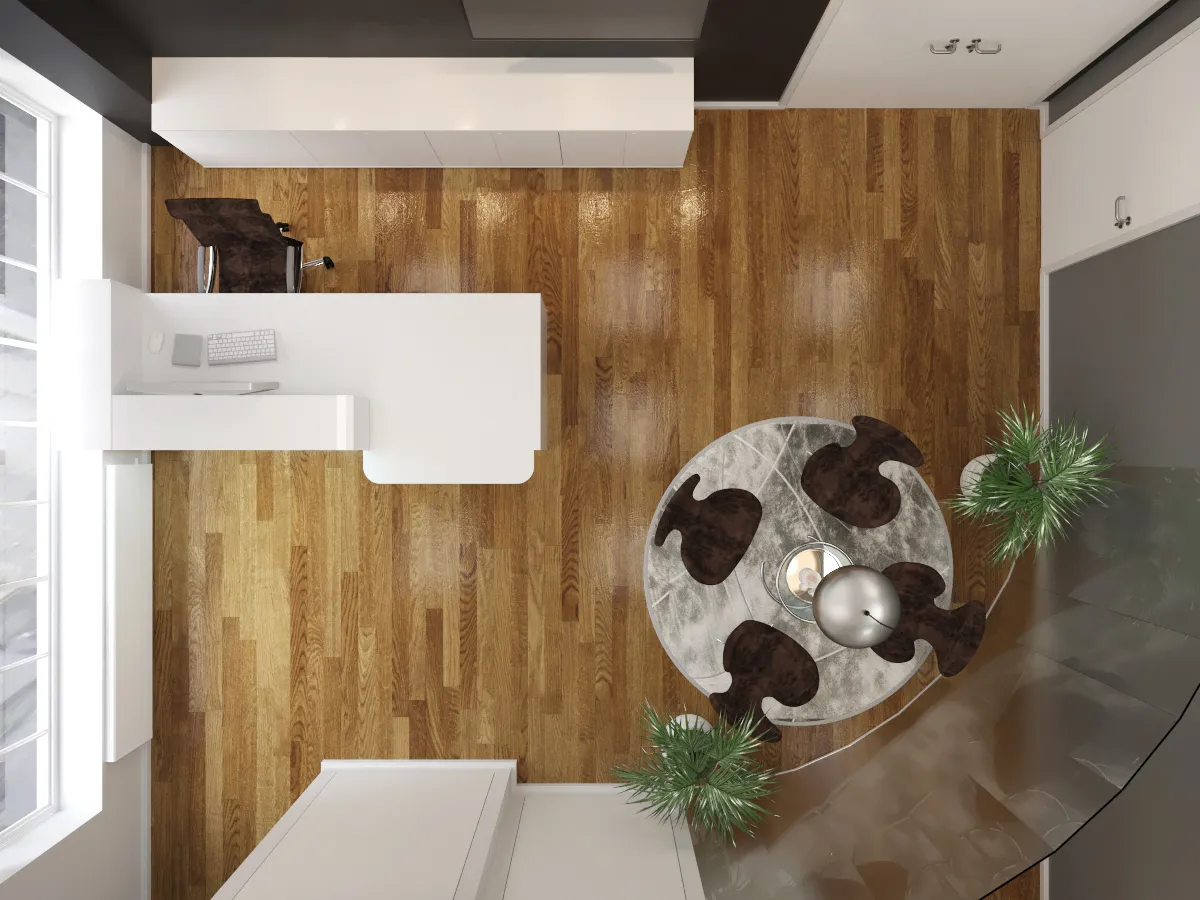In today's rapidly evolving retail landscape, remaining pertinent and engaging to customers is crucial. Store renovation has emerged as a vital strategy for businesses looking to reinvigorate their identity and enhance the customer experience. This strategy involves revamping and transforming the physical space of a store, allowing retailers to not only attract fresh customers but also retain existing ones engaged. With a focus on sustainability, many businesses are now adopting green practices into their refurbishment projects, making certain that their operations correspond to the rising demand for eco-conscious practices.
If you consider initiating a retail refurbishment journey, it is crucial to grasp the different components that contribute to a successful transformation. From aesthetic and enhancements to enhancing layout and customer flow, every feature plays a role in creating a fresh environment. Moreover, using sustainable materials and green solutions can lead to significant cost savings while building a green brand image. In this article, we will explore successful strategies for sustainable retail refurbishment, emphasizing the advantages and key elements needed for a rewarding update that connects with your customers and the planet alike.
Understanding Commercial Refurbishment
Retail renovation includes the procedure of refreshing, renewing, and revitalizing tangible retail spaces to improve their aesthetic and usability. Such practices is crucial for businesses seeking to stay competitive in an ever-evolving market environment. It goes beyond mere surface-level updates; refurbishment can involve redesigned layouts, structural improvements, and the adoption of sustainable practices. At its heart, retail refurbishment aims to establish environments that appeal with shoppers while reflecting the brand identity and values.

The need for retail refurbishment arises from various factors, including shifting consumer preferences, advancements in technology, and the requirement for a inviting and welcoming atmosphere. As trends shift and new design trends appear, stores that do fail to adjust face the danger of becoming outdated and uninviting. This change is crucial not just for aesthetics, but also for practicality—a well-thought-out refurbishment can enhance the flow of customers, enhance product visibility, and ultimately boost sales.
Moreover, a effective retail refurbishment can significantly impact a brand identity and loyalty from customers. By committing in the refurbishment project, retailers demonstrate their dedication to quality and innovation, cultivating a more immersive shopping experience. This tactical method not only renews the physical space but also develops a deeper connection with customers, promoting return visits and strengthening brand allegiance in a competitive retail landscape.
The Advantages and Costs of Renovation
Retail refurbishment offers a variety of benefits that can significantly enhance a store's performance. A properly done refurbishment can revitalize a business, establishing an inviting atmosphere that attracts fresh customers while retaining existing ones involved. Upgrading design elements and adding modern aesthetics can lead to increased sales as consumers are drawn to updated spaces that reflect current trends. Moreover, Clicking Here refreshed layout can enhance customer flow and interaction, creating the shopping experience more pleasant and effective.
However, the costs associated with retail refurbishment can vary widely based on the extent of the updates and the materials used. Factors such as workforce, design fees, and purchased fixtures must be factored into the budget to avoid unforeseen expenses. While some businesses might be hesitant to invest, understanding that refurbishment can lead to greater returns on investment is crucial. The initial costs should be considered a long-term investment that can yield substantial financial benefits.
Planning for refurbishment involves thoughtful consideration of both advantages and costs. Prioritizing eco-friendly strategies not only contributes positively to the environment but can also result in cost savings through saving on energy costs and sustainable material sourcing. Balancing the investment with projected revenue increases is crucial, ensuring that the refurbishment aligns with corporate objectives while enhancing the customer experience.
Sustainable Approaches for Store Refurbishment
Embracing green approaches in store refurbishment not just deals with environmental issues and also reinforces a company's commitment to community ethics. Using green resources is a pivotal element in this journey. Select for eco-friendly options like reclaimed wood, recycled metals, and minimal emission finishes that reduce pollutant outputs. These supplies merely create a distinctive look and also appeal with a rising segment of ecologically aware consumers, fostering loyalty and boosting brand image.
Energy conservation should be a cornerstone of any store refurbishment project. Spending in energy-efficient illumination, such as LED systems, not only cuts electricity consumption while can significantly decrease operational costs. Additionally, including automated solutions, such as sensor-controlled lighting and HVAC systems, enhances power use, guaranteeing a comfortable setting for customers and staff alike. These improvements lead to a smaller ecological effect, matching perfectly with modern customer preferences.
In conclusion, reflect on adding biophilic design principles, which integrate organic features into the retail space. This could entail placing plants, living walls, or daylight sources, creating a calming and welcoming atmosphere that improves the shopping journey. By partnering with professionals who value sustainability, retailers can change their spaces into eco-friendly environments that not only reflect their business ethics and also bring in and retain customers in an ever more competitive market.
